Glass is a bit of a conundrum…
It is made with sand, yet is opaque
It is strong and durable yet smashes easily
It behaves like a solid but is actually a liquid.
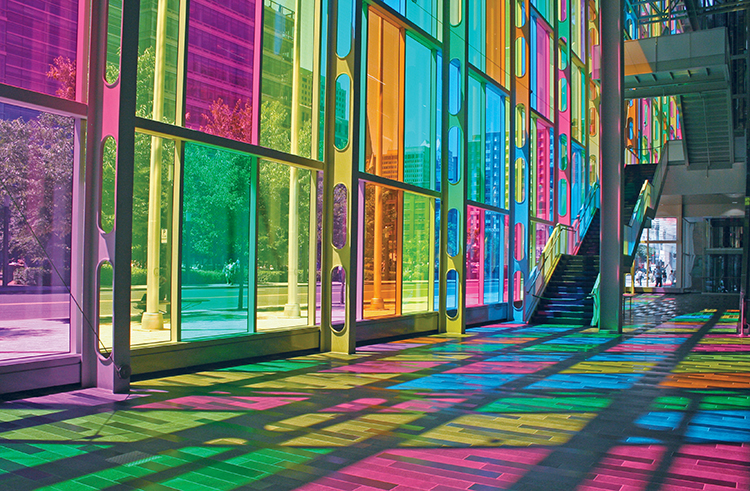
Glass is made from liquid sand and will always remain an extremely thick liquid. That is why antique window panes are thicker at the bottom, as the glass has ever-so-slowly migrated downward over time.
To turn sand (silicon dioxide) into a liquid requires a temperature of almost 2000 degrees C, and in the time of the Pharaohs, when glass was first invented 5000 years ago – they had to use bellows to get the sand hot enough to melt.
As for how glass is made naturally, glass has been used since the Stone Age, when black obsidian (volcanic glass formed by lava hitting sand) was used to make cutting tools and spear tips.
When scientists tested the first atomic bombs in the New Mexico desert, the heat from the nuclear blasts turned the surrounding sand into a sea of glass.
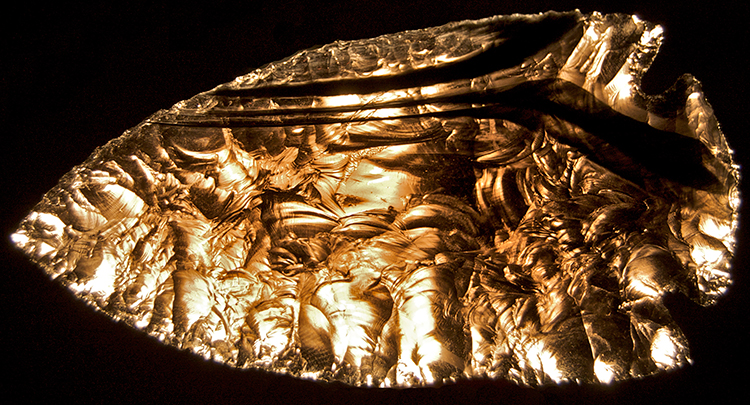
What is glass made of?
So, what exactly is glass made out of? Sand (silica or silicon dioxide) is mixed with limestone (calcium carbonate) and soda ash (sodium carbonate).
The soda ash is used as it brings down the sand’s melting point and makes the manufacturing process less energy-intensive. If you just used soda without the lime, you would produce glass that dissolves in water, so the lime is added to make sure your window panes don’t liquefy in the first rainstorm.
This soda lime glass is the glass that you see all around you—in mobiles and mirrors, windscreens, and windows. To make windows, the molten glass is ‘floated’ on top of a vat of molten tin to produce perfectly flat pieces of glass.
Hand blown glass is made by taking a lump (‘glob’ or ‘gather’) of molten glass, putting it on the end of a blowpipe, and inflating it into a bubble (‘parison’). The glassblower (‘gaffer’) takes the ‘gather’ of glass and rolls it on a marble or iron slab (‘marver’) to start forming the bubble. The glassblower will continue to marver the glass, taking it back to the opening to the furnace (‘glory hole’) to reheat it when necessary.
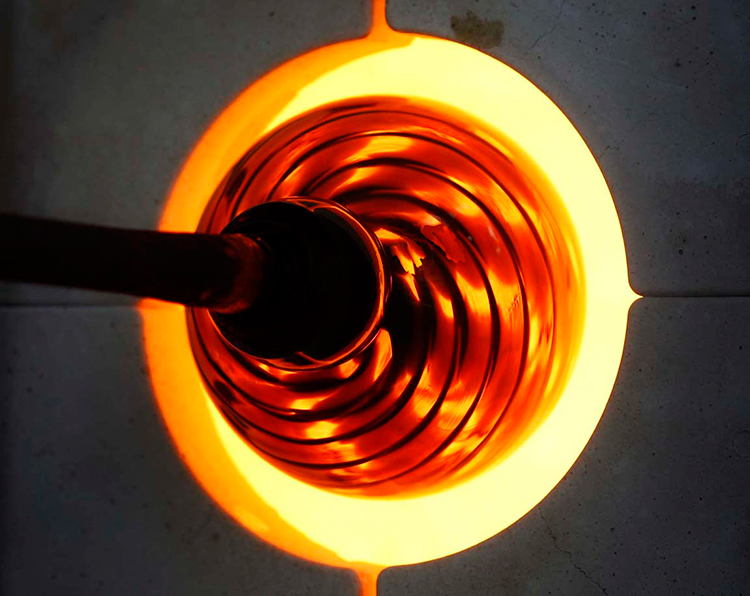
That answers what is glass made of, but there are many other things added to glass…
Types of Glass
So now that we have seen how is glass made we can look at the different types of glass and what glass is made of.
Bullet-proof glass is made with thin layers of glass and plastic bonded together, and toughened glass is glass that has been cooled extremely quickly to make it extra strong.
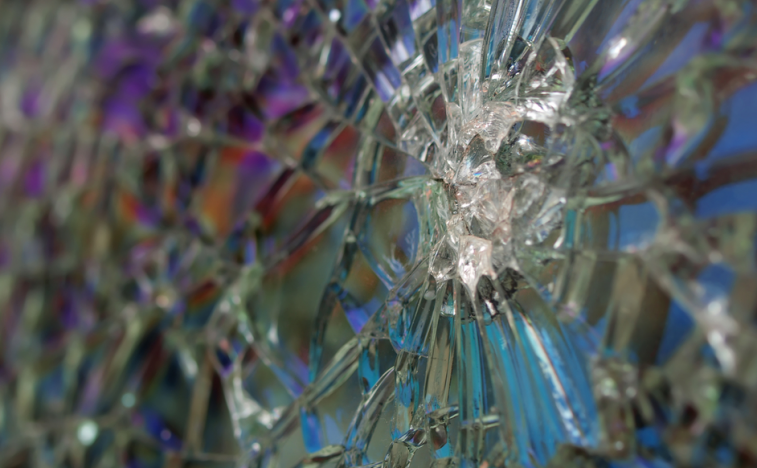
Adding different chemicals produces different kinds and colours of glass. By adding boron oxide to molten glass, you make oven-proof PYREX® dishes.
To make crystal glass ornaments you need to add Lead (leaded oxide) to the glass at the firing stage. The cut lead crystal is famous for it’s sparkle as it bends (refracts) the light passing through it.
To make yellow glass, you add cadmium sulphide, or for that all night fluorescent glow, add some Uranium oxide (widely used in the production of Vaseline Glass).
This is how glass is made, but it doesn’t take into account all the skill and expertise of the glassblower, who turns silica, soda, and lime into something breathtakingly beautiful.

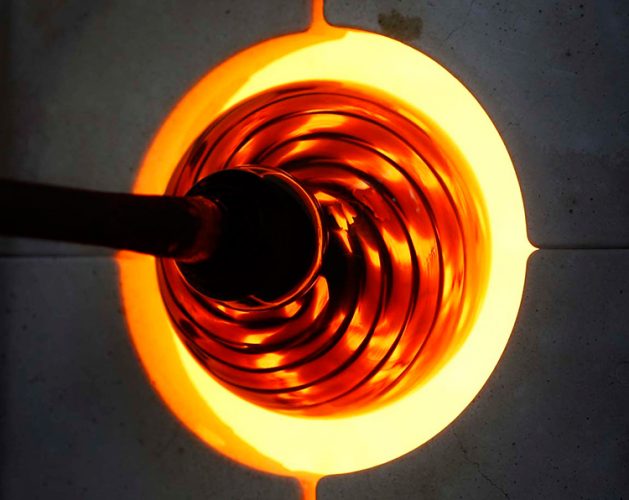
Glass is not a liquid. Myth.
True. Glass is too rigid to qualify as a liquid. It is an amorphous solid and not a slow-moving liquid but lacks the orderly molecular structure of other solids.